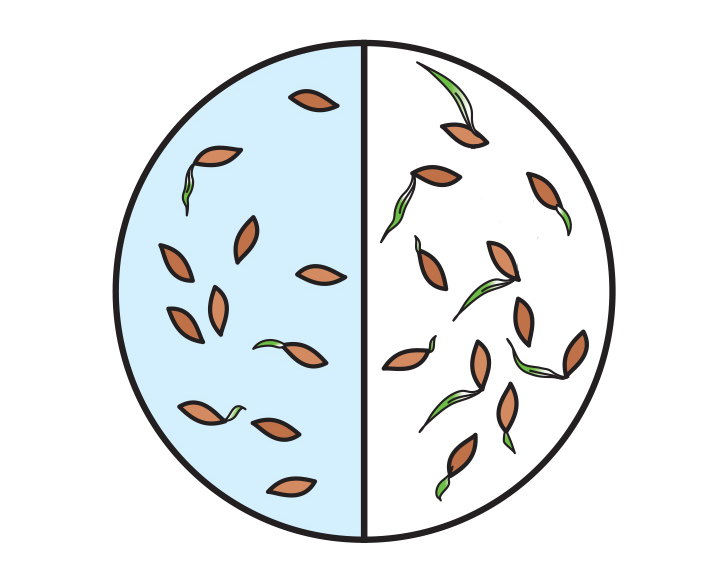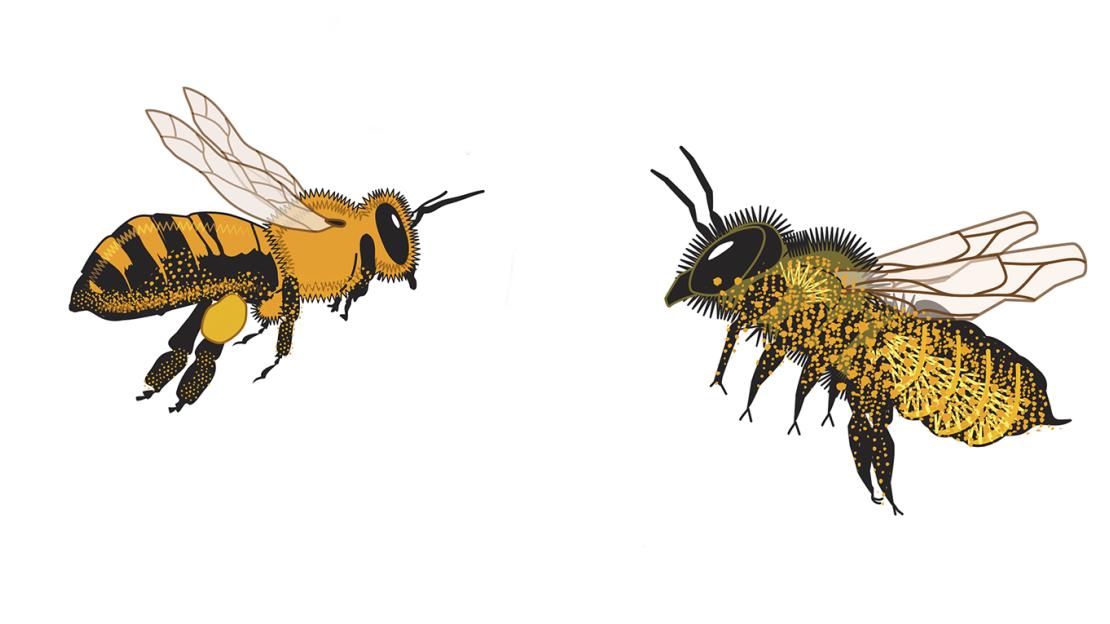It is difficult to overstate the importance of native bees. Without them, many plants would struggle to survive.
“Bees are the most effective and diverse pollinators in the world,” says Scott MacIvor, a biology professor at U of T Scarborough. He is particularly interested in the role bees play as pollinators in cities to support green spaces such as community gardens, urban parks and household gardens. Knowing exactly which pollinator-dependent plants are visited by which type of bees, and what landscape conditions need to exist within cities for pollination to flourish are important questions driving the research.
MacIvor and his colleagues, including PhD student Nicholas Sookhan, are using high-resolution cameras set up in front of flowers they’ve planted in community gardens throughout the city. For hours at a time, they are able to record the types of bees that visit the flowers, and the duration and number of visits. Additional camera technology is used to determine the amount of tiny pollen grains deposited. Using this method, they can also track individual flowers from when they’re planted until maturity, and then collect seeds from these flowers to measure the effectiveness of the pollination.
MacIvor is also interested in the difference between the quantity and quality of pollination visits. Pollinators vary in their effectiveness – one type of bee might be better at pollinating a specific type of plant. “This is one reason why conserving native bee populations in cities is so important,” he says.
THE HONEYBEE
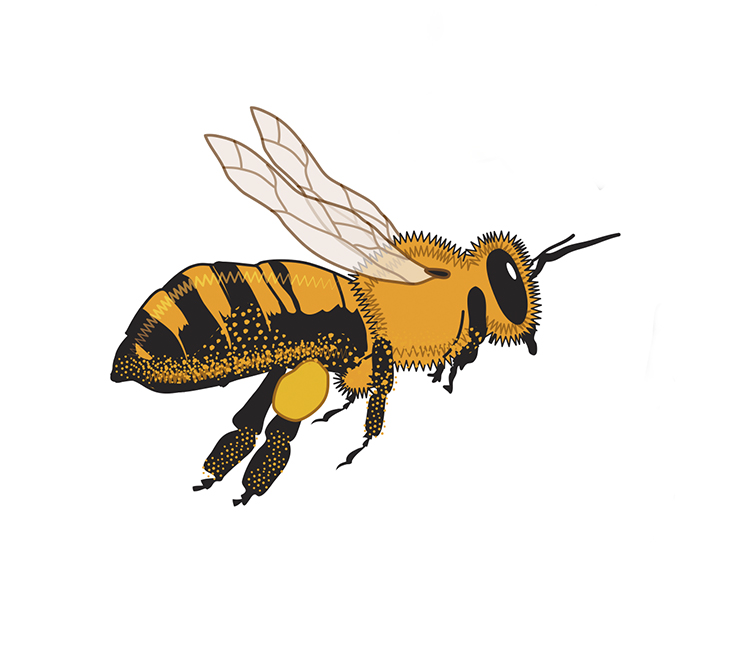
THE LEAFCUTTER BEE
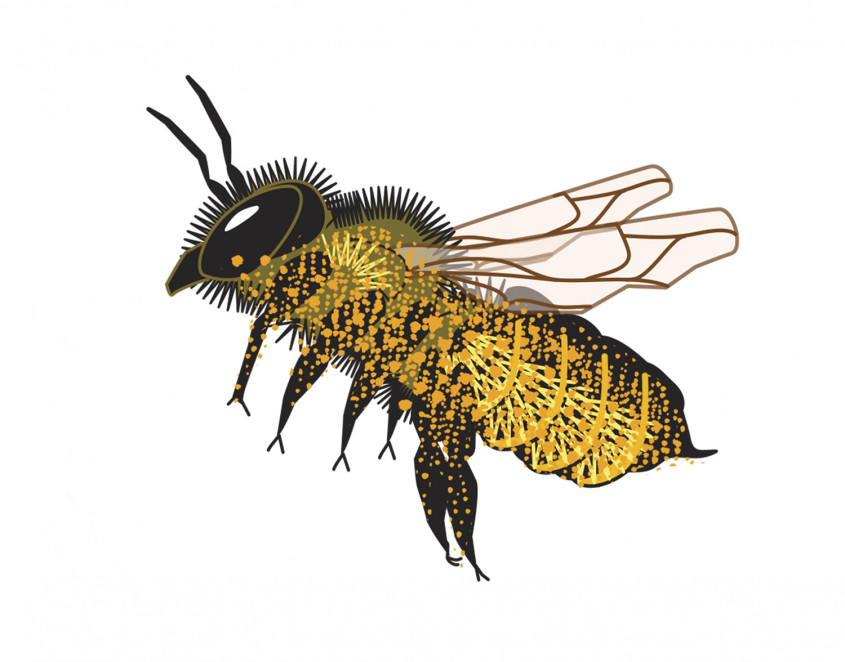
THE STIGMA
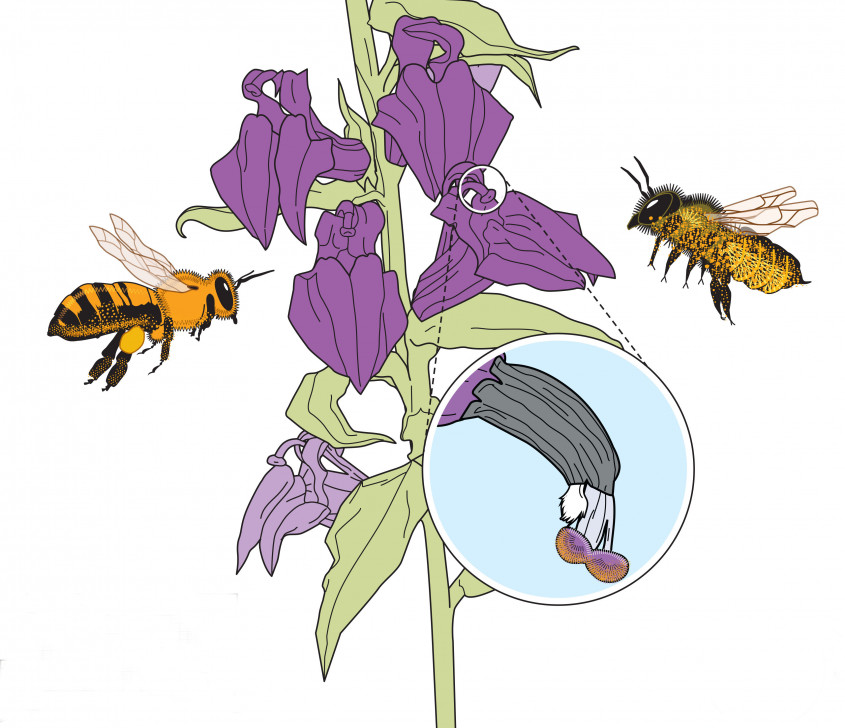
The stigma is the female part of the flower where pollen is deposited. The lab uses image-contrast software to calculate the area of the stigma covered in pollen, which is just as effective as manually counting the pollen grains but keeps the stigma intact. This allows researchers to track the entire pollination process, including how many seeds each flower produces, and how many of the seeds germinate into new flowers.
WHAT IS A HEMOCYTOMETER?
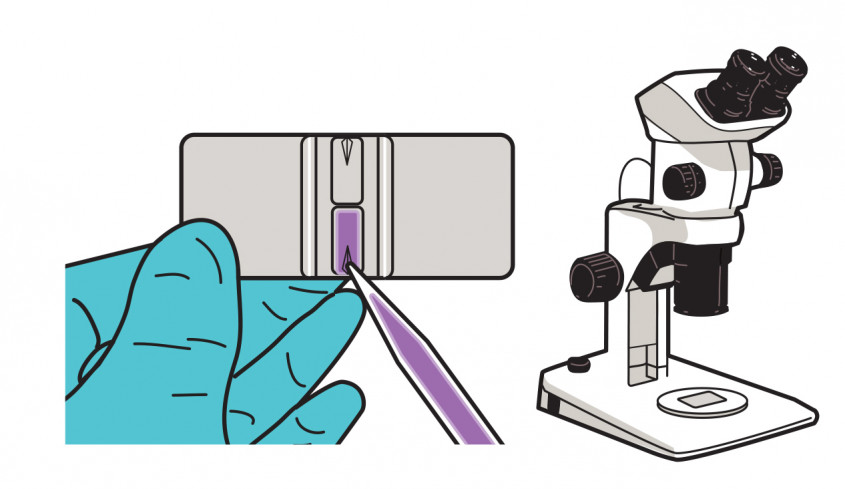
This device was originally designed to count blood cells. MacIvor’s lab uses it to count the number of pollen grains gathered by bees. Researchers carefully remove pollen grains from a bee and place the grains into a vial. Next, they add a solution and run it through a centrifuge. An organic detergent helps spread the pollen more evenly. The researchers then use an eyedropper to add the pollen solution to a slide and count the pollen using a microscope and computer software.
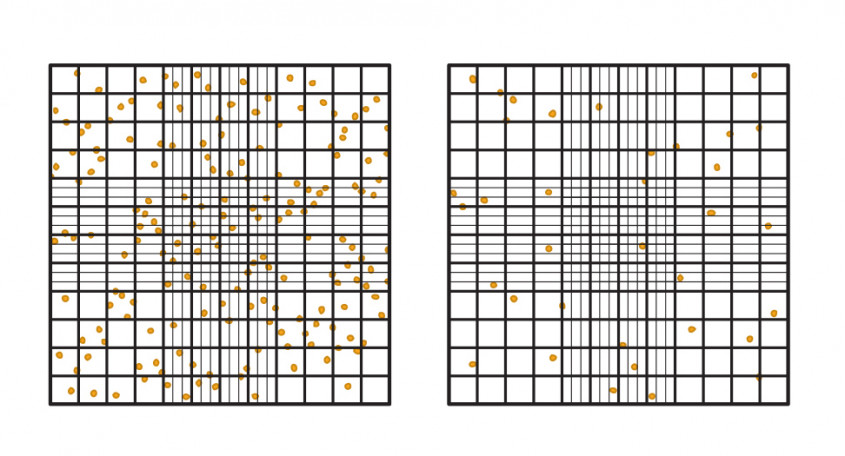
IN THE END, GERMINATION
MacIvor’s lab uses a chemical process to germinate seeds in a petri dish without soil. The number of a flower’s seeds that germinate depend on the bees that pollinate the flower. A flower visited by many different bee species will collect more pollen, typically resulting in even more germinated seeds.
